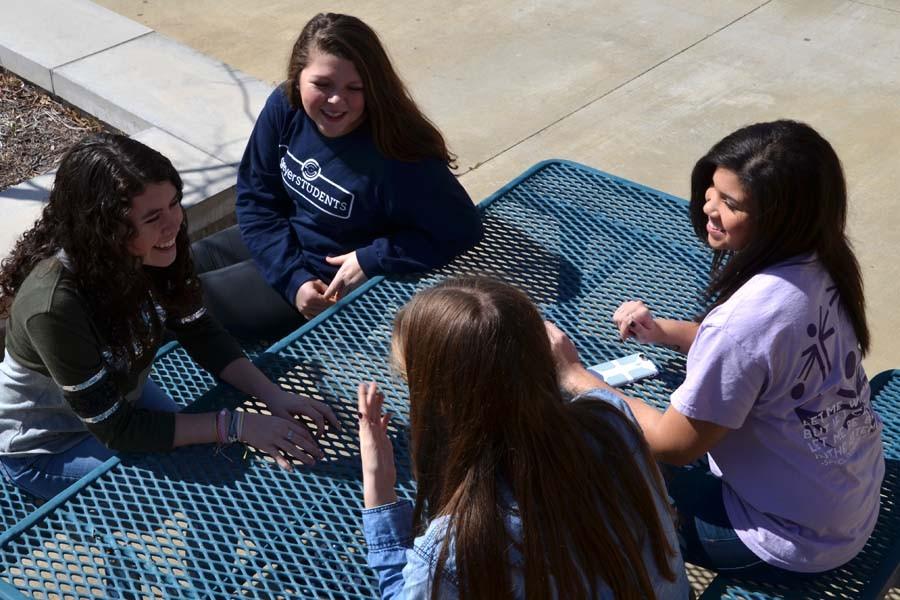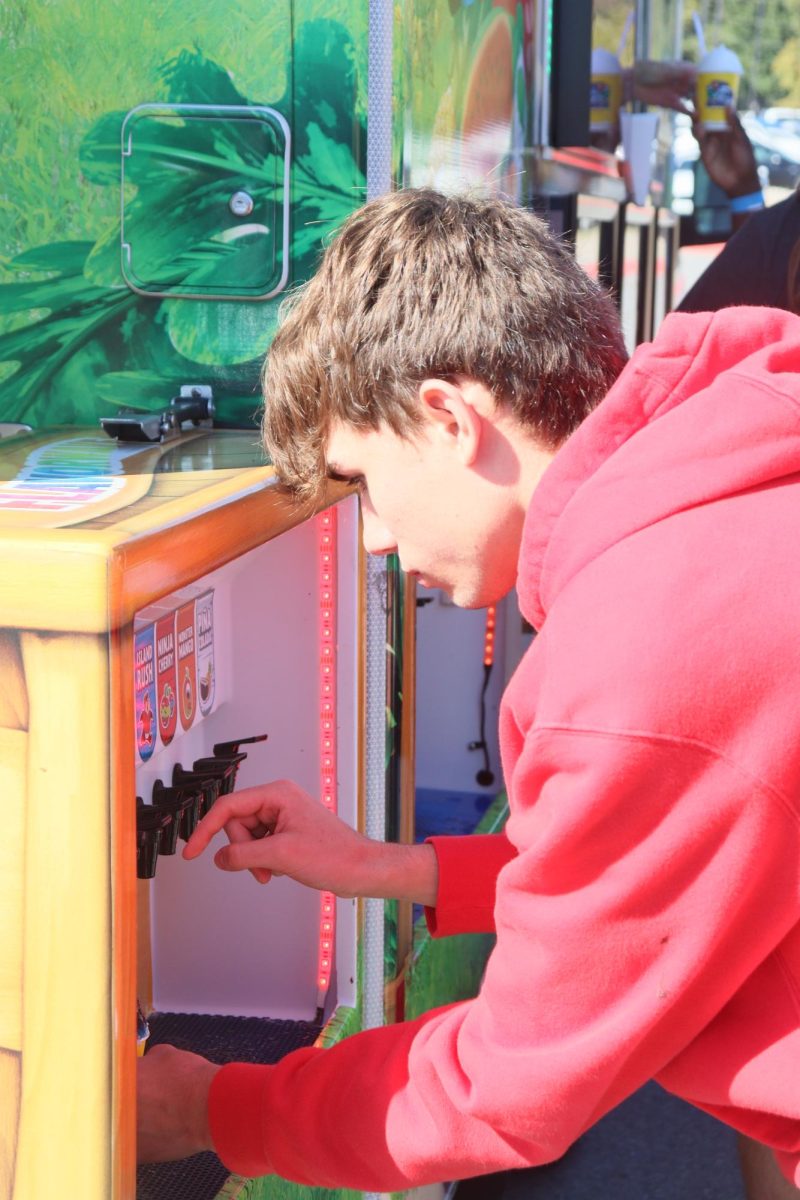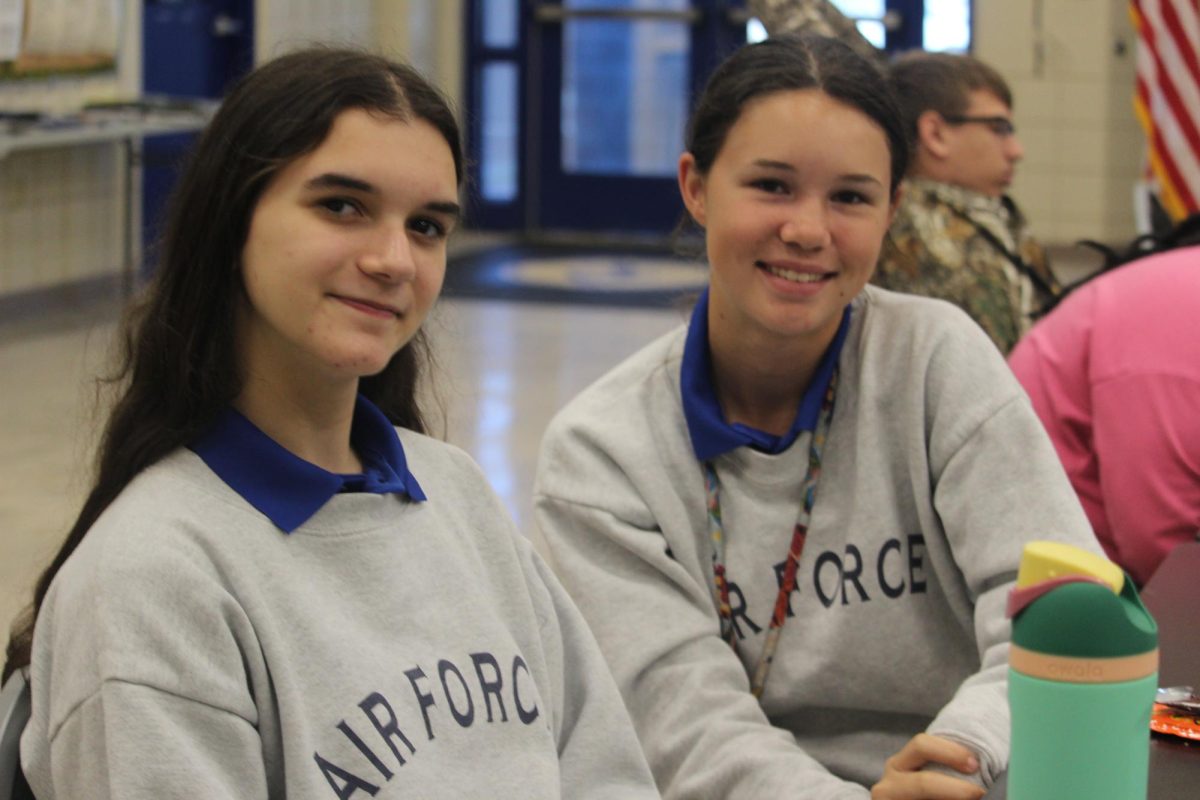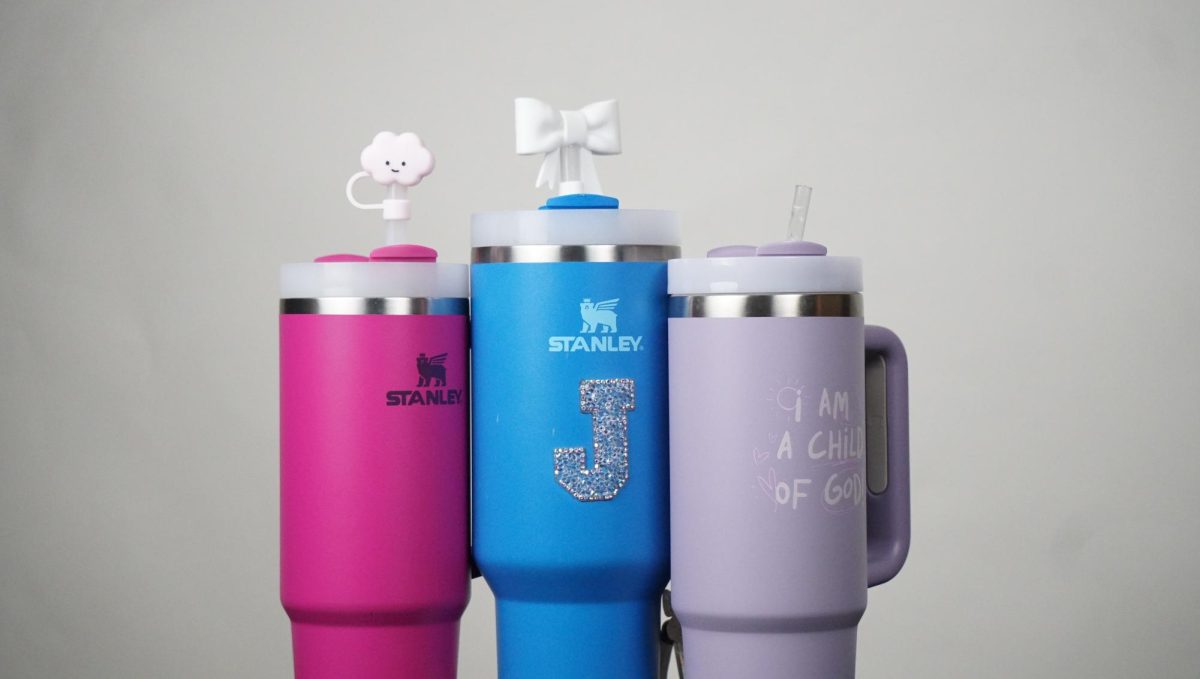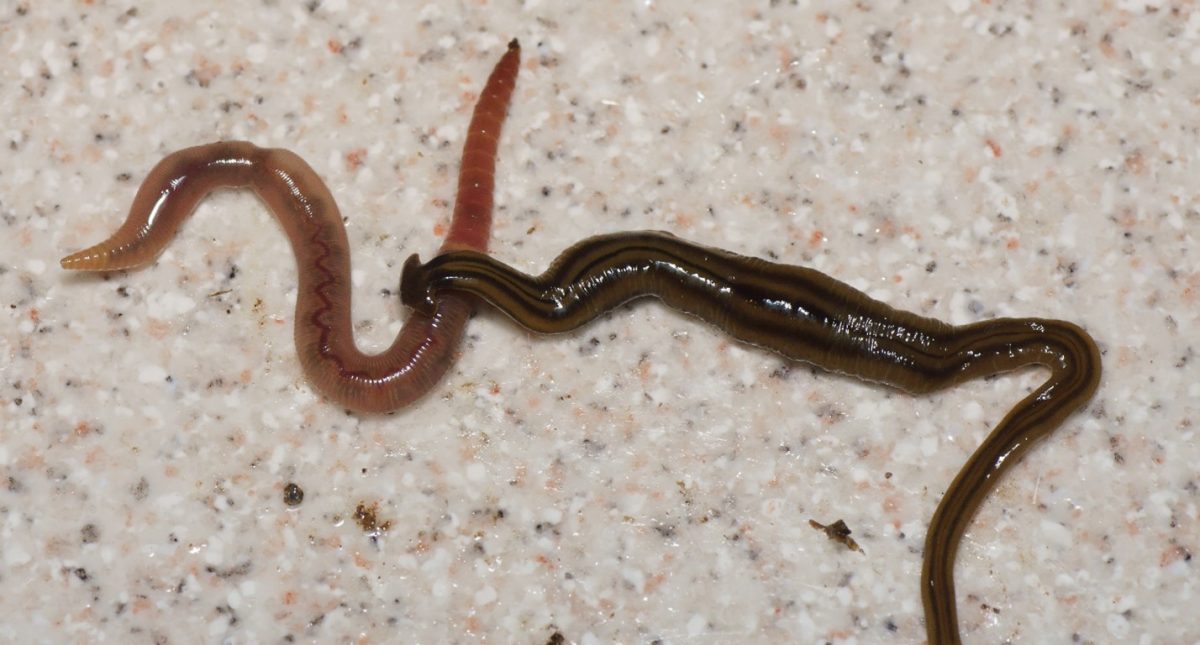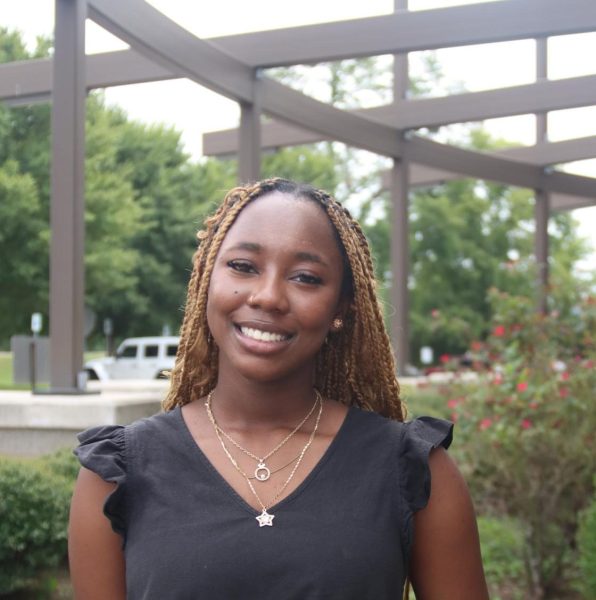The Clique Misconception
March 1, 2016
I was fourteen. I sat alone. Mr. Hall looked around at the bored faces in the cafeteria, a makeshift classroom for his Keystone class at the time, and emphasizing each word in a pragmatic tone, he said, “This class, the class of 2018, is the second clique-iest group of students to ever come through Bryant High.”
The accusation was my calling to heroism. I could become the teenage girl who would be lifted by her peers as we ride off into what seems like the pop-culturally appropriate thing to do. It’s in every high school movie. We see the destruction of “social classes” as the school joins together as one; some defining moment drives the “nerds” to fit in with the “jocks.”
The dream came to a halt, however, when I realized that I did not necessarily agree that high school cliques are a bad thing. More than that, an entire student body is incapable of separating from a social structure they have grown up with. People like what they know and are fearful in the face of something new. We would rather be comfortable in our surroundings. This is where we are home: in a crowd of people similar to us.
Cliques are part of a functioning high school. The misconception that they are a bad thing comes from an altered definition of what a clique is. It started in middle school. We became divided by the activities we signed up for. If you joined band, you were one of them. If you joined dance or cheer, you were one of them. If you joined track, football or any other sport, you became one of them. In this world, you could forget socializing with someone from a different circle; it is forbidden.
However, in reality, a clique is just a group of people with a common interest. It is foolish to believe that takes away from the ability to expand who you hang out with.
I fit in with a certain crowd. We are probably best described as “the kids who spend their money on things like hair dye and thrift clothing.” But this has never stopped me from venturing out to groups who do not share these same qualities.
An after-homecoming party with what some would consider the “wrong crowd” forced me to see them in a new light. They are good people, just like the “band nerds” and “theater kids” who I have also spent my time with. Our social system is not “broken,” because the system suffers no flaws. There are no boundaries marking who you are allowed to spend your time with.
I will go ahead and formally apologize to anyone who hoped for a hero to break down a structure that does not best fit their needs, but I cannot hop on board with the destruction of something I do not believe is bad. A “clique” is simply a cheesy title for your friend group; the people you fit in with most. It does not alter your friend choices outside the circle or keep you from experiencing new things.
So you can probably forget the dream of becoming best friends with almost 3,000 fellow students. We will not leave graduation with a single fist in the air, singing along to Simple Mind’s “Don’t You (Forget About Me),” or lounge on the grass all together in front of the school, waving to every classmate who passes by. Be kind to every person you come across, but do not feel obligated to force a friendship if you don’t see a connection, because high school has never been about becoming best friends with everyone. We should learn to embrace the different connections we form, whether it is a polite smile to a passing stranger or spending Friday nights with our preferred crowd.


